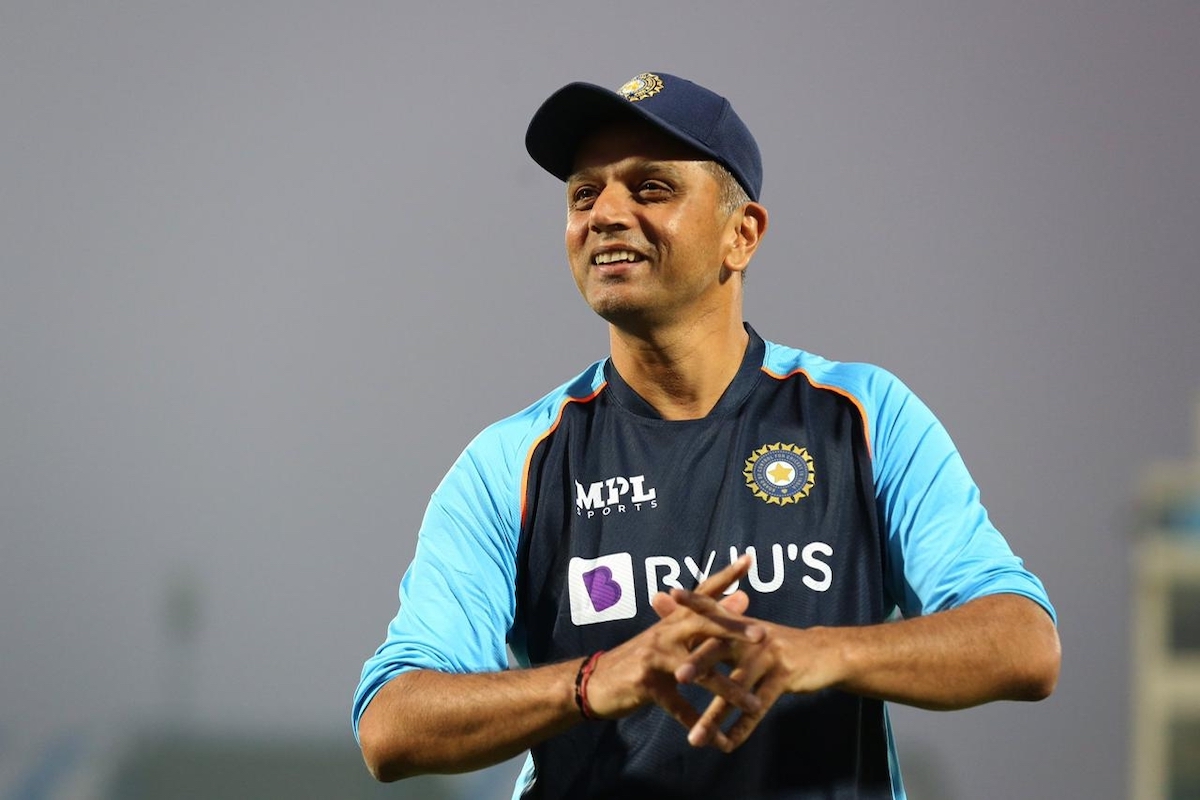Whether it was Frank McClintock, the former Scottish footballer, who said “You can’t win ‘em all” would perhaps be hard to recall today but India’s recent all-format cricket tour of the West Indies dredged the quote up as they won the Test and One-Day Internationals series and lost the Twenty20 one. It was a cliff-hanger though. India caught dramatically up at 2-2 before losing the fifth and final one in Florida, which triggered the football memory, but of greater importance was how Rahul Dravid summed up his point of view after the tour. He didn’t skewer the boys for the T20 loss, pointing out that the young team of hopefuls were an experimental bunch who’d given of their best. But, honestly enough, the coach spoke also of how India’s shortest-format batting was stopping at No 7 with different candidates having to be picked for the last slot when Alzarri Joseph was having a real go at the Indian bowling.
Given T20’s ever-rising competitive as well as commercial importance it was just as well that Dravid stressed ~ one year ahead of its World Cup in the Caribbean and the USA ~ greater batting depth without the team finding themselves obliged to sacrifice bowling options. How can you square the one with the other is what leaves you stumped but a way out of the difficulty is specified by the coach who’s perhaps been given less credit for being intelligently attuned to limited-over cricket’s nitty-gritty: India’s T20 bowlers will have to do a little more, at least in terms of finding the boundary with the bat. Cricketers aspiring to a world championship should not deem it too tall an order especially when the coach, months in advance, makes it unambiguously clear that India will have to shape their T20 future around their younger campaigners, specifying Yashwasvi Jaiswal, Tilak Varma and Suryakumar Yadav among others. Dravid, of course, is correct. Axar Patel is a spinning all-rounder and what are called “pure bowlers” like Arshdeep Singh, Kuldeep Yadav and Yuzvendra Chahal will need additions to their skill-sets for India to be competitive when major competitions in the shortest format come around. Implicit in the loud thinking could be a regret that the Indian Premier League was not really working like magic. When India won T20’s world championship, there was no IPL. If Dravid has come in for criticism in the media for finding the fault-line a little late in his tenure, his critics may be reckoning without India’s unrelenting schedule which leaves its trail of injuries, sometimes leaving the team without obvious replacements in rather difficult situations. Also, Ravichandran Ashwin was quite correct: there had been three format-specific serialised battles on a foreign tour and India had lost but one. Touring is never as easy as ABC. Dravid has done quite well, regardless of those who see the glass as being half-full or half-empty.
Advertisement











